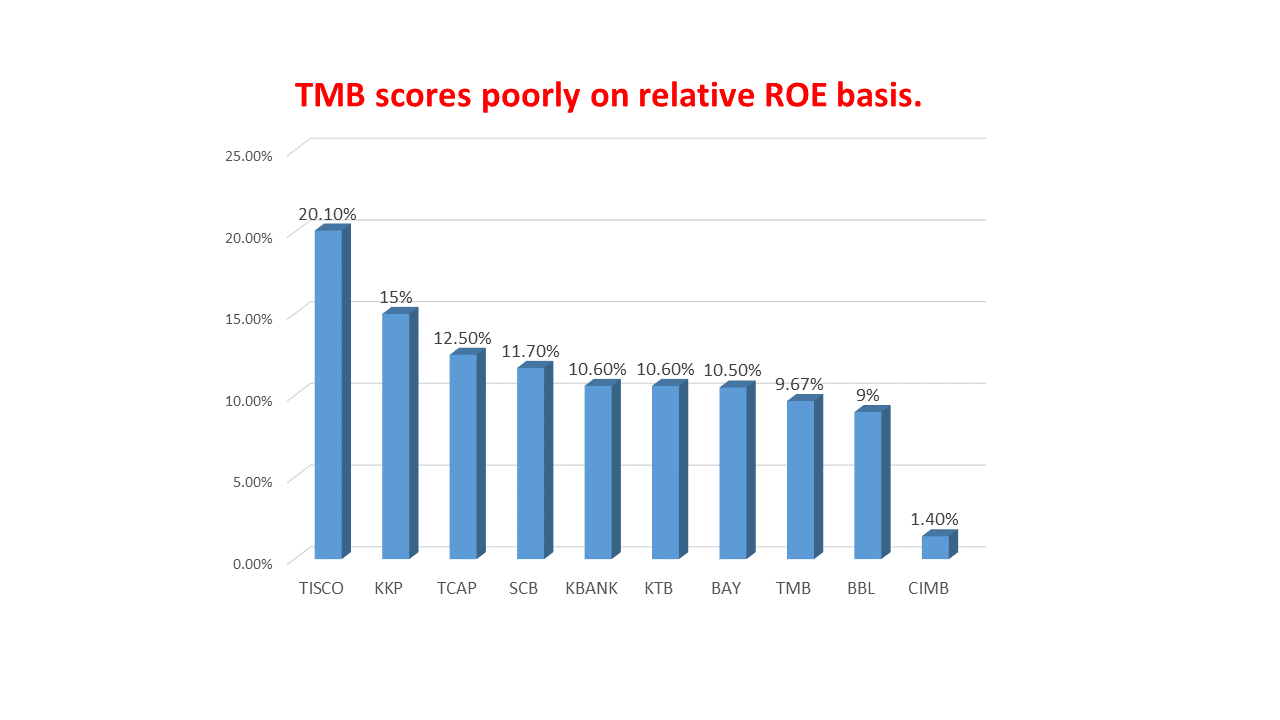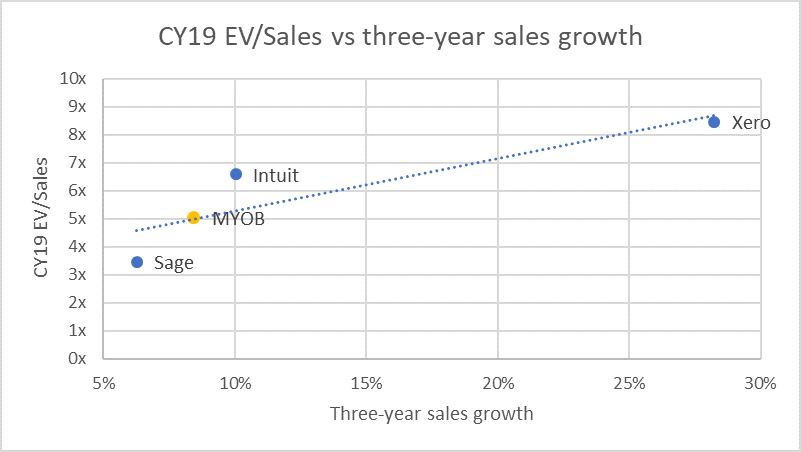
In this briefing:
- Larsen & Toubro (LT IN): Slowdown in New Orders Is Risk for 3Q, Markets Can’t Ignore It for Long
- Prabhat Dairy Ltd – Update: Revenues and Margins Continues to Increase in Line with Our Expectations
- Alkem Laboratories – En Route to Recovery, Valuations Attractive
- Swaraj Engines: Positive Outlook But Growth Is Slowing and Valuation Is Rich
- Okinawa Cellular (9436 JP): Warm Tropical Breezes with KDDI
1. Larsen & Toubro (LT IN): Slowdown in New Orders Is Risk for 3Q, Markets Can’t Ignore It for Long
Larsen & Toubro (LT IN) has reported the new orders worth only Rs95 bn after 2Q FY19 results (reported on 31st October 2018). This is much lower run rate as compared to 2Q FY19 (Rs419 bn) or 1H FY19 (Rs781 bn). All these orders by Larsen & Toubro (LT IN) have been received from construction segment where margins are relatively poor e.g. the construction and infrastructure segment of Larsen & Toubro (LT IN) in 2H FY19 has reported 6.8% EBITDA margin, much lower than 11.8% for the company on an overall basis.
Unless new orders pick up in next few weeks, there is a strong likelihood that there could be a negative surprise in 3Q results on order inflow for Larsen & Toubro (LT IN) . This is despite the fact that overall number reported for a quarter for order inflow is a bit higher than the sum of individual orders announced and reported by the company. While the market has not noticed decline in new orders so far and may have been still hopeful about a recovery in order wins, it is highly unlikely that this will continue to get ignored by investors if the trend doesn’t change and get better in next couple of weeks.
2. Prabhat Dairy Ltd – Update: Revenues and Margins Continues to Increase in Line with Our Expectations

Prabhat Dairy Ltd’s quarterly result is in line with our expectation. In Q2 FY19, the company registered a growth of 8.53% YoY, EBITDA margin was 9.4% improving by 119 bps since the same period last year, EBITDA grew by 24.2% YOY; the profit margin was at 2.95% improving by 60 bps YoY, Net Income grew by 35.86% YOY. For more details about the company, please refer to our initiation report Prabhat Dairy Ltd – An Emerging Star in the Indian Milky Way. B2B business contributed to 70% of revenue and the remaining 30% was driven by B2C business. Value Added Products contributed to 25% of revenue in Q2FY19.
The stock is trading at 16.3x its TTM EPS, 13.8x its FY19F EPS. Margins have improved over the past quarters due to lower cost of raw materials, we expect raw materials to continue to be lower than their historic average in short term. Lower cost of raw material along with the improving contribution from B2C will lead to higher margins in medium to long term. The company also wants to increase its B2C contribution aggressively from the current 30% to 50% by 2020.
We will monitor the stock closely to firm up our views further, albeit we remain positive on the long-term prospects of the company.
3. Alkem Laboratories – En Route to Recovery, Valuations Attractive

Alkem Laboratories (ALKEM IN) produces branded generics, generic drugs, active pharmaceutical ingredients and neutraceuticals, which it markets in India and over 50 countries internationally. With a portfolio of over 700 brands covering all the major therapeutic segments and a pan-India sales and distribution network, Alkem has been ranked amongst the top ten pharmaceutical companies in India by sales for the past 13 years.
We are optimistic about Alkem because-
- Alkem continues to grow significantly ahead of the segment growth rate of ~16% in the chronic therapy areas of Cardiac, Antidiabetic, Neuro / Central nervous system (CNS) and Derma. Alkem continues grow in the acute therapy areas of Anti-infective, Gastro-intestinal, Pain/ Analgesic and Vitamins / Minerals /Nutrients.
- We expect India revenues to grow at CAGR 13% (FY18-21E) to Rs 64,687 mn in FY21E from Rs 44,900 mn in FY18. We expect US revenues to grow at CAGR 31% (FY18-21E) to Rs 30,438 mn from Rs 13,667 mn in FY18 and other international business revenues to grow at CAGR 11% (FY18-21E) to Rs 6,443 mn in FY21E from Rs 4,670 mn in FY18.
- We expect EBITDA to grow at CAGR 21% (FY18-21E) to Rs 18,638 mn in FY21E from Rs 10,566 mn in FY18 and EBITDA margins to expand by ~ 190 bps to 18.4% in FY21E from 16.5% in FY18. We expect PAT to grow at CAGR 27% (FY18-21E) to Rs. 12,979 mn in FY21E from Rs 6,289 mn in FY18 and we expect PAT margins to expand by ~ 300 bps to 12.8% in FY21E from 9.8% in FY18.
- We expect RoE to expand by ~530 bps to 19.0% in FY21E from 13.7% in FY18 and RoCE to expand by ~390 bps to 21.1% in FY21E from 17.2% in FY18
We initiate coverage on Alkem with fair value of Rs. 2,260/- representing a potential upside of 21% in the next 12 months. We arrived at the fair value by applying 22x multiple to September 20E EPS of Rs 102. Currently, the stock trades at 21x and 17x its earnings estimates for FY20E and FY21E respectively. After a very volatile 2018, we believe Alkem share price may have smooth upwards move in 2019 driven by strong PAT growth in the next 3 quarters.
Particulars (Rs mn, Y/E March) | Net sales | EBITDA | PAT | EPS | ROE | ROCE | PE(x) |
FY18 | 64,137 | 10,566 | 6,289 | 52.6 | 13.7% | 17.2% | 35 |
FY19E | 74,075 | 12,406 | 8,130 | 68.0 | 16.0% | 16.8% | 27 |
FY20E | 87,716 | 15,659 | 10,772 | 90.1 | 18.4% | 20.4% | 21 |
FY21E | 1,01,568 | 18,638 | 12,979 | 108.6 | 19.0% | 21.1% | 17 |
4. Swaraj Engines: Positive Outlook But Growth Is Slowing and Valuation Is Rich

Swaraj Engines (SWE IN) (SEL)is primarily manufacturing diesel engines for fitment into Swaraj tractors manufactured by Mahindra & Mahindra Ltd. (M&M). The Company is also supplying engine components to SML Isuzu Ltd used in the assembly of commercial vehicle engines. SEL was started as a joint venture between Punjab Tractor Ltd (now acquired by M&M Ltd) and Kirloskar Oil Engines Ltd. M&M holds 33.3% stake in SEL and is its key client.
We are positive about the business because:
- SEL’s growth is correlated with M&M’s tractor business growth. SEL supplies engines to the Swaraj division of M&M. M&M expects tractor growth to be around 12% YoY in FY19E. We forecast SEL’s tractor engine volumes will grow at a CAGR of 12% for FY18-21E.
- The growth of the company is dependent on the monsoon and rural sentiments. We expect the profitability to improve with normal rainfall and government initiatives towards the rural sector. We expect the revenue/ EBITDA/ PAT CAGR for FY18-21E to be 14%/ 15%/ 14% respectively.
- SEL is debt free and a cash generating company. It has a healthy and stable ROCE and ROE. SEL has increased its capacity from 75,000 engines in FY16 to 120,000 engines in FY18. We expect the capacity utilisation to reach 97% by FY20E from 90% in 1HFY19. SEL funds its capex through internal accruals. We forecast a capex of Rs 600 mn for FY19E to FY21E considering the requirement of the additional capacity, R&D and testing costs for new and higher HP engines & for upgradation of engines according to the TREM IV emission norms for >50 HP engines.
We initiate coverage on SEL with a fair value objective of Rs 1,655/- over the next 12 months. This represents a potential upside of 15% from the closing price of Rs 1,435/- (as on 26-12-2018). We arrive at the fair value by applying PE multiple of 18x to EPS of Rs 87/- to the year ending December-20E and add cash of Rs 82/- per share. While the business outlook is good, we think the upside in the share price is limited due to rich valuation.
Particulars (Rs mn) (Y/E March) | FY18 | FY19E | FY20E | FY21E |
Revenue | 7,712 | 9,210 | 10,478 | 11,525 |
PAT | 801 | 906 | 1,063 | 1,190 |
EPS (Rs) | 64.5 | 74.8 | 87.6 | 98.1 |
PE (x) | 22.3 | 19.2 | 16.4 | 14.6 |
Note: E= Estimates
5. Okinawa Cellular (9436 JP): Warm Tropical Breezes with KDDI

As the colder winter weather is felt and the icy blast of industry tariff cuts continues to chill sentiment, we seek some respite (at least mentally) in the warmer climes of Okinawa. Okinawa Cellular is a unique company. It’s a small cap telecom network operator in Japan with a focus on the sub-tropical islands of Okinawa Prefecture. As part of the KDDI group, the company benefits from its parent’s economies of scale, but with its local presence, it also benefits from being the hometown hero.
Because the stock is relatively small, from an investment perspective it runs into liquidity constraints that the other telcos do not have, so it’s a different type of investment but one that we think is worth looking at. Over the past 12 months Okinawa Cellular’s stock has fallen by 12.3%, but over the past year the stock has delivered a return in the middle of its peer group and has outperformed the broad TOPIX by about 5.5%. Like most telcos, Okinawa Cellular is also ramping its dividend payments, and the current yield is about 3.5%.




































